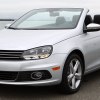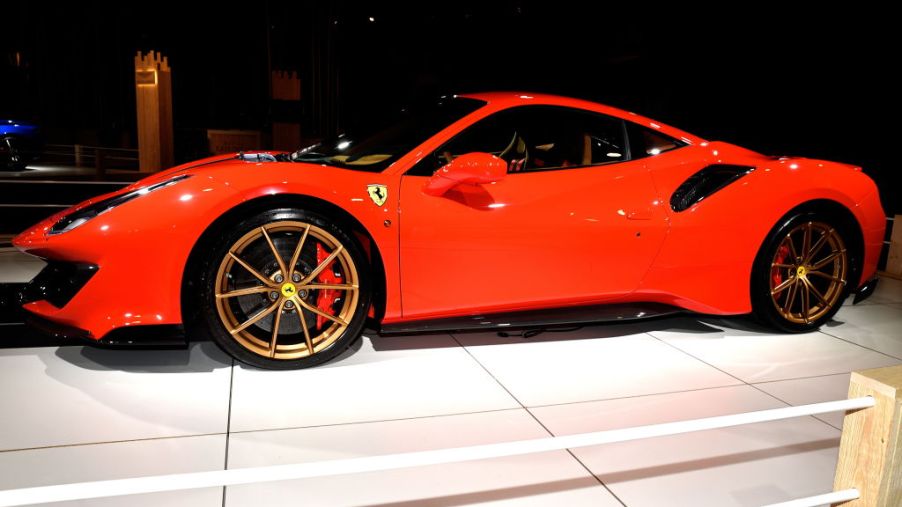
Do You Really Want to Own a New Ferrari? Like, Really?
While it turns out Ferrari never actually sent a cease-and-desist to the owner of that rotary-engine 456, it’s rather telling that car enthusiasts weren’t particularly shocked. The Italian carmaker has a rather storied history in trying to protect its ‘brand.’ And with the kind of restrictions it puts on those who buy its latest products, is owning a new Ferrari really worth it?
Ferrari is hyper-protective
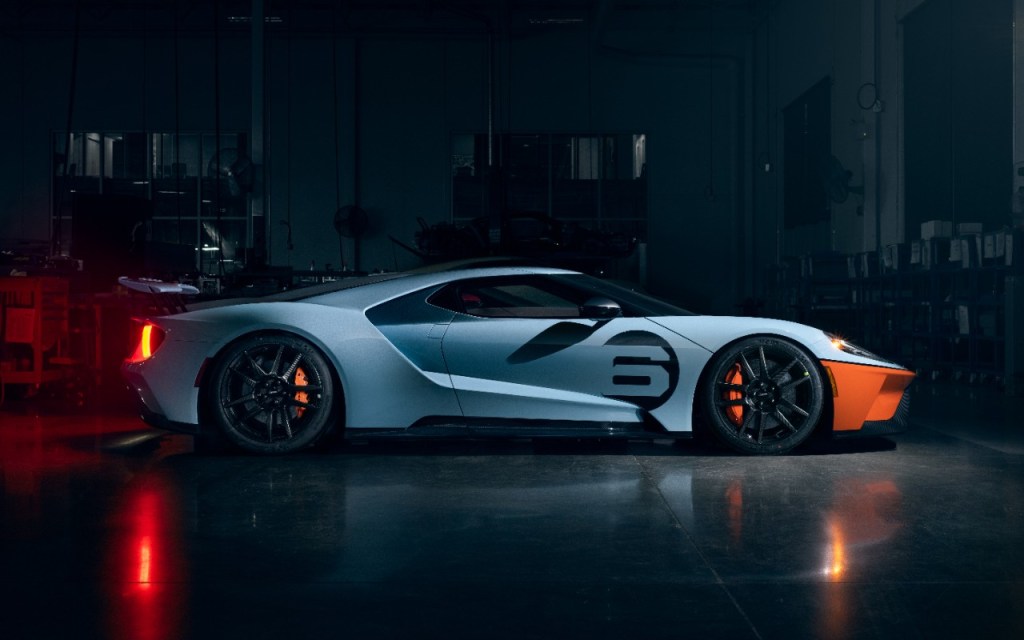
To be fair, Ferrari isn’t the only automaker to try and protect the image of its high-end cars. Ford is currently suing the owners of one GT that was sold 3-4 times in 1 month, despite Ford requiring owners to keep their cars for at least 2 years, to prevent exactly this type of behavior. Motor Trend reports that Toyota did much the same when the Lexus LFA debuted.
And some of Ferrari’s past motions have made some legal sense. For example, as Jalopnik explains, with EDM producer deadmau5’s custom-badged and custom-wrapped ‘Purrari.’ The company sent him a cease-and-desist because his custom cat-inspired badges and logos were obviously copied from Ferrari’s. There was also that one shop making illegal replicas.
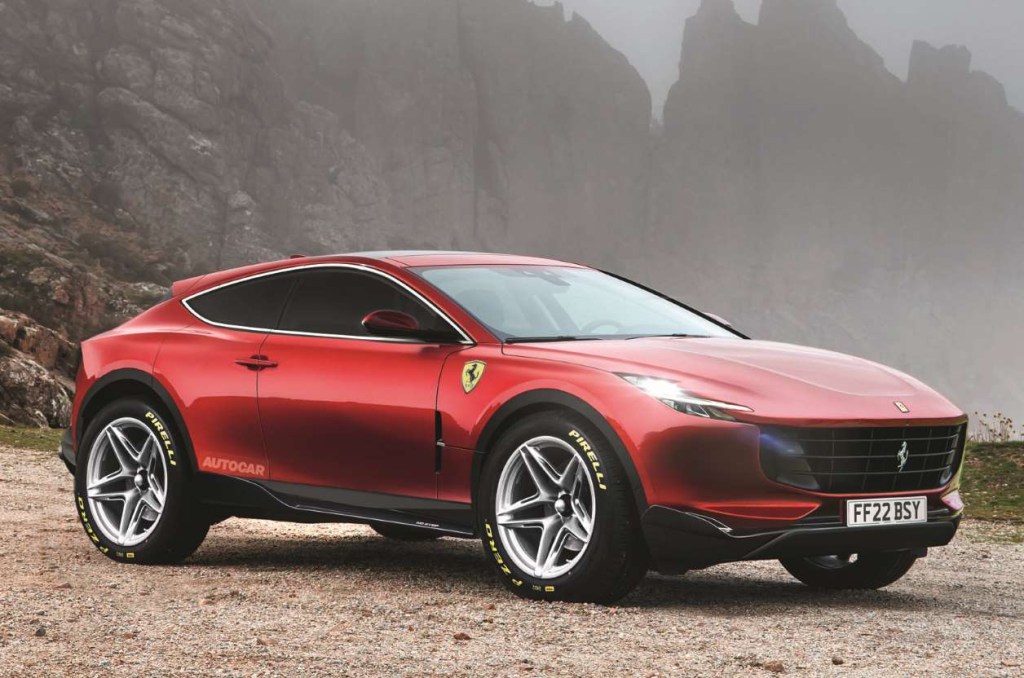
On the other hand, Ferrari also sued an Italian charity because the automaker wanted the charity’s name for its new SUV. As Road & Track explained, the automaker wanted to call its first SUV ‘Purosangue’, or ‘pure blood’. But there’s already an entity with that name: The Purosangue Foundation, an Italian charity that’s been fighting against doping since 2013. Ferrari argued that the charity wasn’t doing enough work to maintain a trademark, but the charity fired back with its ongoing partnership with Adidas. So Ferrari took them to court.
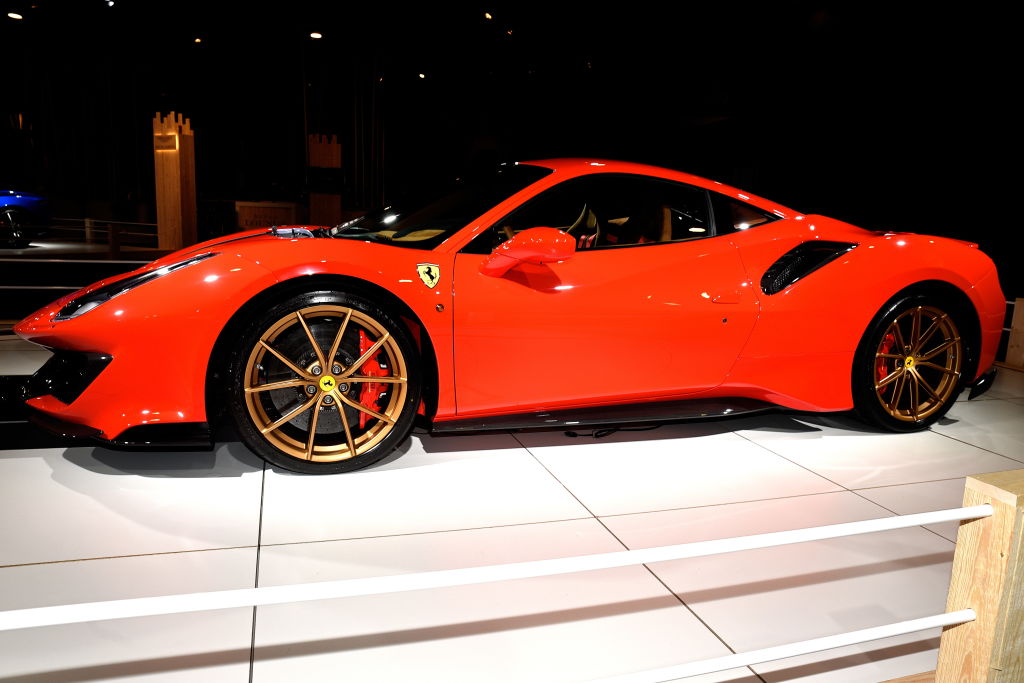
Then there’s Ferrari’s ownership rules, which make it seem like owners don’t really own their cars. New Ferrari owners can’t paint their cars certain colors or modify their engines. And if you take your car to a non-authorized dealer, not only is the warranty void, but you’re forbidden from buying a Ferrari in the future. And unless you sing the brand’s praises, you’re not getting on the limited-edition waiting list.
But perhaps the biggest issues come courtesy of several supercars.
The LaFerrari

The LaFerrari debuted as one of a trio of high-speed super-hybrids, along with the McLaren P1 and Porsche 918. With a 950-hp V12 combined with electric motors and an F1-style KERS system, it was a true hypercar.
Unfortunately, for years no one knew exactly how it compared with the P1 and 918. That’s because, as Top Gear and the UK site Driving reported, Ferrari, banned every single LaFerrari owner from giving it to any publication for track testing. If any owner did so anyway, they would never be able to buy a limited-edition car again.
This followed Ferrari’s ban on motoring journalist Chris Harris, now a Top Gear host himself, from driving any of its cars. As Jalopnik and Motoring Research reported, Harris had experienced several Ferrari test cars that, while supposedly ‘standard’, were significantly faster than stock, and fitted with non-standard, extremely-grippy tires. Although Ferrari has since un-banned Harris, similar thoughts regarding Ferrari press cars have occasionally surfaced since then.
Now, automakers skewing tests and rules in their favor is nothing new. It’s somewhat disingenuous, but it’s not unheard-of. But Ferrari’s actions on the Bugatti EB110 and MAT Stratos were on a completely different level.
The Bugatti EB110 and MAT Stratos
Before the Veyron and Chiron, there was the EB110. As Motor Trend explains, decades after the original Bugatti company went bankrupt, an Italian investor bought the rights to the name. He set up a factory right in Ferrari’s backyard and began making one of the world’s first hypercars. Today, 550 hp and all-wheel drive are almost pedestrian. In the early 90s? It was ground-breaking. As Jonny Lieberman explained on The Smoking Tire podcast (video below—NSFW language warning), the car was good.
Too good. Ferraris of the time weren’t exactly reliable, as the Acura NSX demonstrated. So, when the company’s management saw a competitor spring up so close, with a better product, they fired back. Ferrari went to every single one of its suppliers and told them that if they sold any parts to Bugatti, they’d never sell Ferrari anything again. Without a steady parts supply, Bugatti folded again, until VW revived it.
And a similar thing happened with the MAT Stratos. As ISSIMI explained, this was an honest homage and recreation of the original Lancia Stratos, one of the first purpose-built rally cars. The MAT version, as R&T explains, started as a design student’s passion project, that eventually became an actual drivable car, built on a chopped Ferrari F430 Scuderia chassis with a Pininfarina body.
The Ferrari CEO at the time, Luca di Montezemolo, drove the Stratos prototype around the Ferrari test track. And he liked it; he even signed its hood. And then he called up Pininfarina, who had been making Ferrari’s designs for decades, and basically told them they’d be out of business if they made any bodies for that Stratos. It took years until the F430 Scuderia went from bringing brand-new to another used supercar, for the MAT Stratos to finally emerge.
The irony of Ferrari’s current perception
Ferrari does stuff like this in an effort to protect how people perceive the brand. But, as Donut Media mused, the general public doesn’t see the company as the company sees itself.
Enzo Ferrari famously didn’t want to make road cars, only race cars. As Jason Cammisa explained on The Smoking Tire, he had a fantastically low opinion of his customers. And, to be fair, there’s a reason Ducati is called the Ferrari of the motorcycle world. Both companies’ legacies are built on racing success. Ferrari, therefore, sees itself and its cars as continuations of that legacy, which is why it tries to fight what it sees as affronts on said legacy.
The trouble is, as Ferrari’s dealings with billionaire Philipp Plein have shown, that’s not how most people see modern Ferraris. They see someone driving one, and they don’t think, “That person’s a serious racer.” They think, “That person makes mad bank.” It’s a symbol of financial success, not racing success.
Ironically, the company’s become something that Enzo himself probably wouldn’t recognize. It’s still a prestigious automaker, to be sure. But it’s more associated with luxurious lifestyles than racetrack performance. And it’s so restrictive about certain things.
If you’re someone who’s dreamed of a Ferrari for years, this isn’t saying you should definitely stay away. As with that $300,000 Datsun 240Z, fulfilling a dream sometimes requires making illogical and highly-personal decisions. And older models, as that 456 showed, aren’t subject to the same restrictions as new ones.
But if you’re buying a brand-new Ferrari, just know what you’re getting into.
Follow more updates from MotorBiscuit on our Facebook page.


